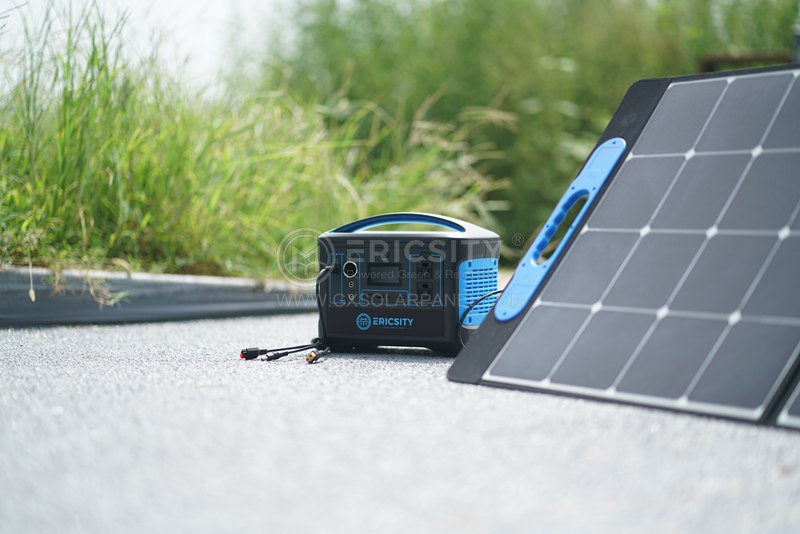HOT PRODUCT
Product Details
the Science Of Amorphous Flexible Solar Panel Efficiency
Title: The Science of Amorphous Flexible Solar Panel Efficiency
Introduction (70 words):
Solar energy has gained significant attention as a sustainable alternative to conventional power sources. Among the various technologies used, amorphous flexible solar panels have emerged as a promising solution. These panels can be integrated into different surfaces, making them highly versatile. Understanding the science behind the efficiency of amorphous flexible solar panels is crucial for optimizing their performance and promoting their widespread adoption.
1. Amorphous Silicon and Its Unique Structure (100 words):
Amorphous flexible solar panels are primarily composed of amorphous silicon (a-Si), a material known for its unique atomic arrangement. Unlike crystalline silicon, which has a highly organized lattice structure, amorphous silicon lacks long-range order. This disordered atomic structure allows a-Si to absorb a wider range of wavelengths across the electromagnetic spectrum, including both visible and infrared light. The ability to capture a broader range of light enables amorphous flexible solar panels to generate electricity even in low-light conditions, enhancing their overall efficiency.
2. The Role of Tandem Solar Cells (100 words):
Tandem solar cells play a vital role in improving the efficiency of amorphous flexible solar panels. These cells combine multiple layers of different semiconductor materials with varying bandgaps. The top layer is typically composed of amorphous silicon, while the bottom layer consists of a different material, such as amorphous silicon germanium (a-SiGe). This tandem configuration allows for improved light absorption as each layer is optimized to absorb different parts of the solar spectrum. By utilizing tandem solar cells, amorphous flexible solar panels can enhance their efficiency and overall power generation capacity.



3. Influence of Thin-Film Technology (100 words):
Another key factor contributing to the efficiency of amorphous flexible solar panels is the use of thin-film technology. Unlike traditional crystalline silicon solar panels, amorphous flexible panels are relatively thin and lightweight, which enhances their flexibility and ease of installation. Thin-film technology allows for the deposition of amorphous silicon in thin layers, reducing material usage and making the panels cost-effective. Moreover, the amorphous silicon thin-film has a high absorption coefficient, meaning it can generate electricity even with relatively less material, further enhancing the efficiency and reducing manufacturing costs.
4. Flexibility and Widespread Integration (100 words):
The inherent flexibility of amorphous flexible solar panels significantly expands their potential applications. These panels can be integrated into various surfaces, including curved structures, such as vehicles, textiles, and portable electronics. The ability to conform to different shapes and surfaces makes amorphous flexible solar panels a highly versatile technology for harnessing solar energy. Furthermore, their lightweight nature enables easy deployment on structures where traditional solar panels are not feasible. The widespread integration of such panels into diverse settings can contribute to the decentralized production of electricity and the reduction of greenhouse gas emissions.
Conclusion (80 words):
The science behind the efficiency of amorphous flexible solar panels lies in their unique composition, thin-film technology, and tandem solar cell configuration. The ability to capture a broader range of light, along with their flexibility and lightweight nature, makes these panels an attractive solution for various applications. By further optimizing the materials, manufacturing processes, and efficiency of amorphous flexible solar panels, we can accelerate the transition towards a cleaner and more sustainable energy future.




